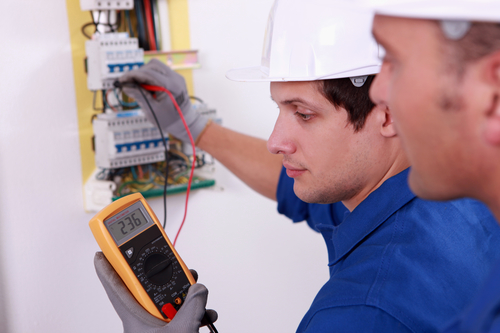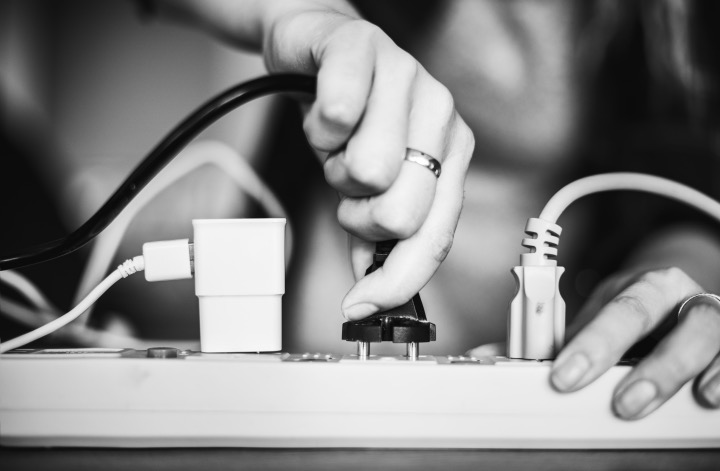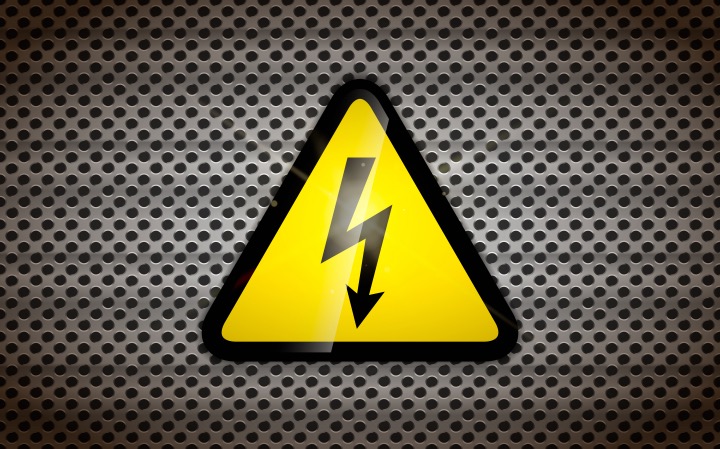Table of Contents
Consider a workplace environment of any kind. You will notice that almost everything functions with electricity. It’s difficult to imagine our lives without the convenience that comes with electrically-powered instruments.
However, it should always be kept in mind that every type of electrical appliance should be handled with great care. Numerous accidents and injuries are reported every year which are caused due to people coming in contact with faulty electrical equipment or accessories such as exposed live electrical wires, unsafe power cords etc.
In a workplace environment, there are several possibilities of electrical hazards. Hence, every care should be taken to ensure that such situations are handled correctly. Here are some important criteria to consider which can help enhance the workplace safety factor:
-
Safety Training
The very first step to safeguard your workplace from any electrical hazards is to impart appropriate training to your staff. They should be completely trained to handle electrical equipment, identify potential risks and act sensibly during such emergencies. Employees working with live electrical equipment should be fully trained to perform CPR. Professionals who are required to operate high-risk electrical equipment should be trained extensively with specially designed programs.
-
Electrical Instruments
The thumb rule of using the electrical instruments safely is to use them as they are designed to be used. Always ensure that the electrical equipment is appropriately grounded or double-insulated. Remember, insulated tools are your best bet to reduce electricity related risks. These instruments should never be handled with wet hands, near water or wet surfaces. Never neglect damaged electrical instruments. Such instruments should always be immediately disconnected, labeled as unsafe and stored away. In case of portable equipment, always make sure that it has built-in safety switches.
-
Power Points, Power Boards and Extension Leads
All of these three electrical elements if misused can give rise to numerous health hazards which may result in injuries or even fatal accidents. Power points should never be overcrowded. Only tested plugs should be used in a way so that they are fully inserted in the socket and are never yanked out by the extension cords while unplugging the connected appliances. Damaged sockets should be reported immediately. Power boards should be situated above floor level, kept clean and well-ventilated. They should have overload protection and integrated on/off switches. Extension leads, especially those which are meant for outdoors should be heavy-duty and of high-quality for maximum protection. These should never be used as a permanent solution for distribution of power.
-
Other Risks and Hazards
Every individual should be constantly vigilant about potential electrical hazards. These can include exposed live parts like electrical cables, damaged lighting wires, broken power lines, overheating or unusual sounds coming from the appliances, electrical cords running through pedestrian aisles, etc. These should be immediately reported and only trained and qualified persons or technicians should be allowed to handle any risky situations pertaining to electricity.
All of the above listed criteria are important to ensure workplace safety with respect to electrical hazards. Does your workplace take them into account? Contact our experts at D&F Liquidators today to know more about how you can tackle potential electrical risks at your workplace and make it safer for everyone.










